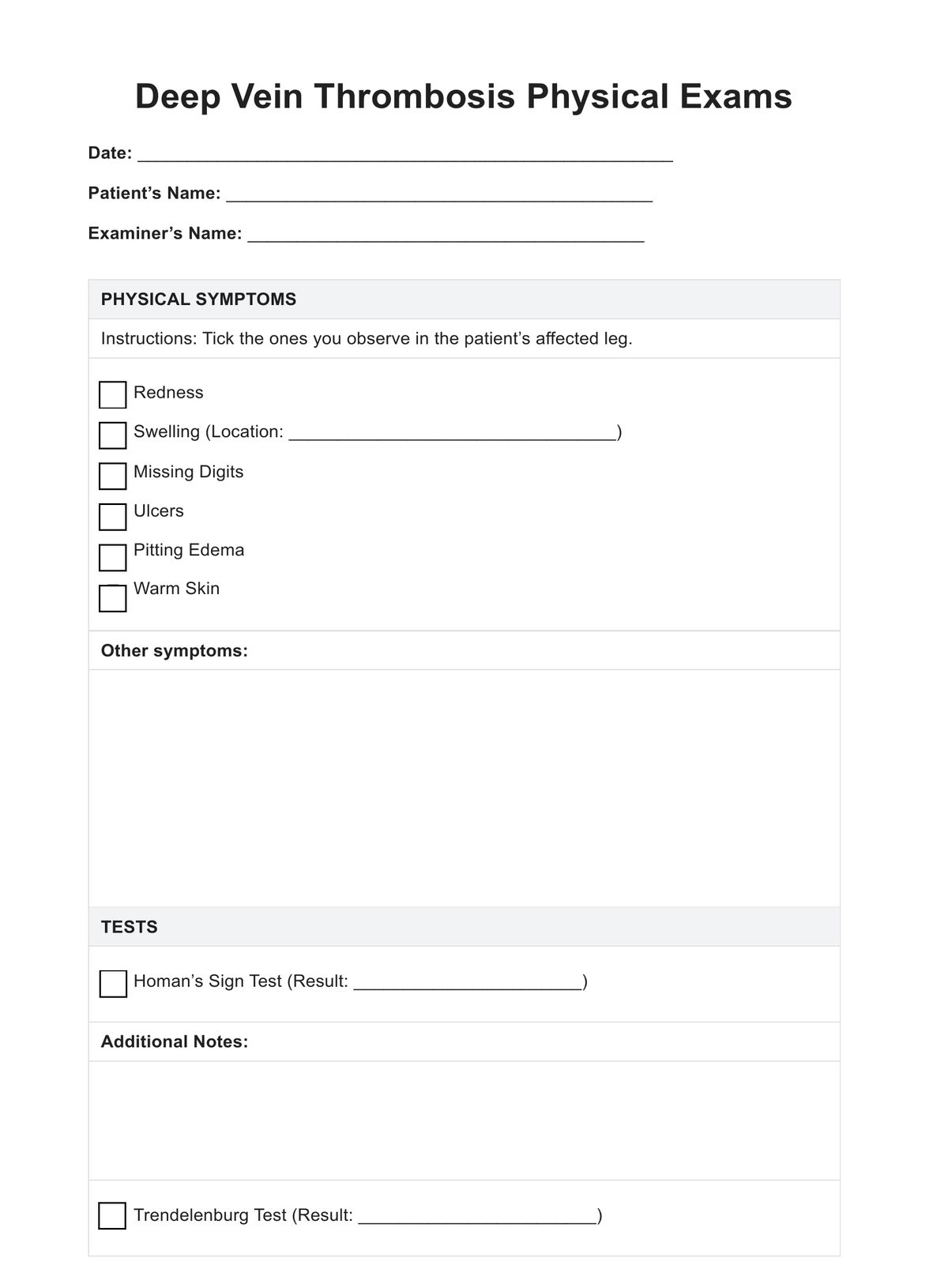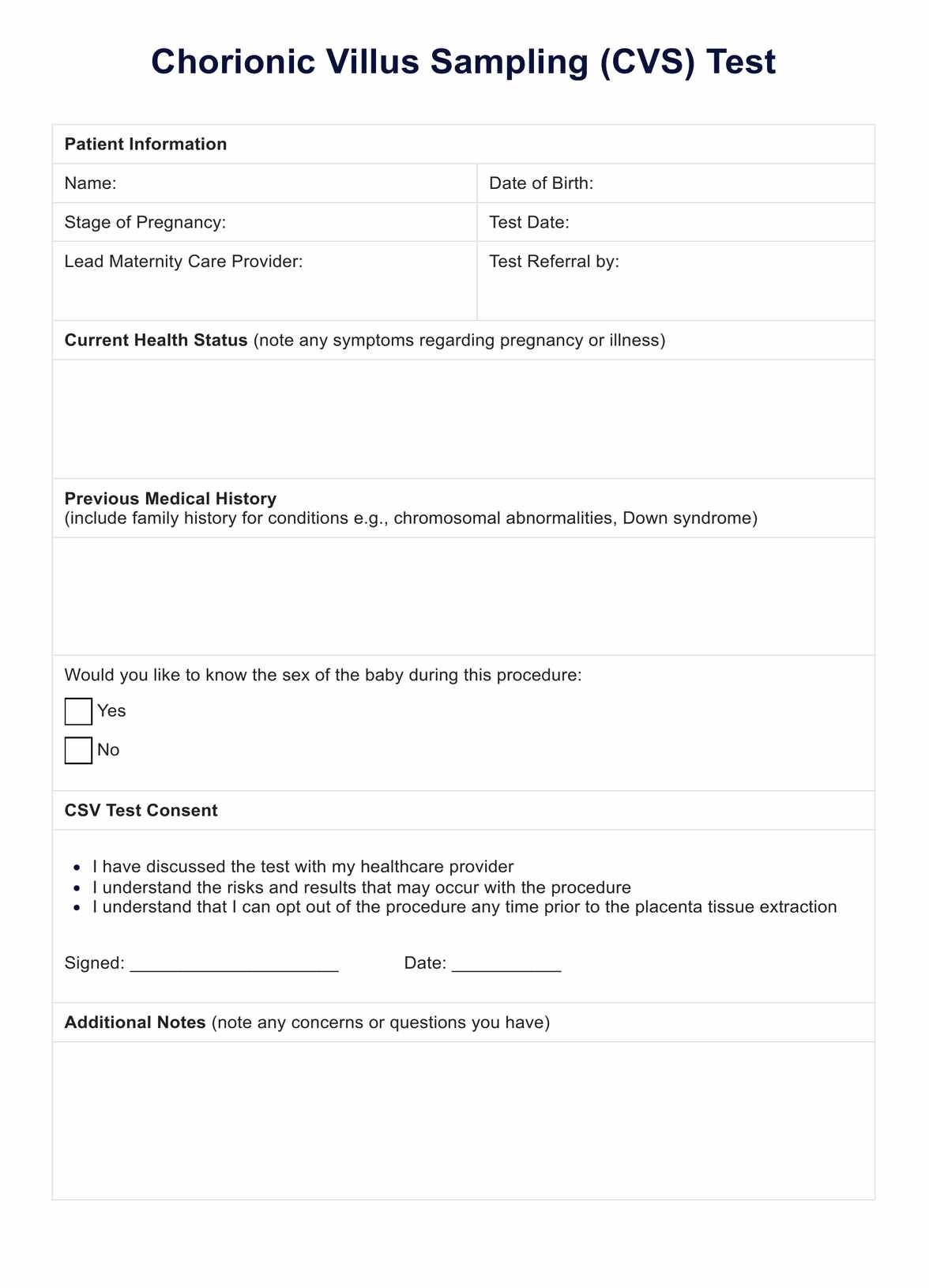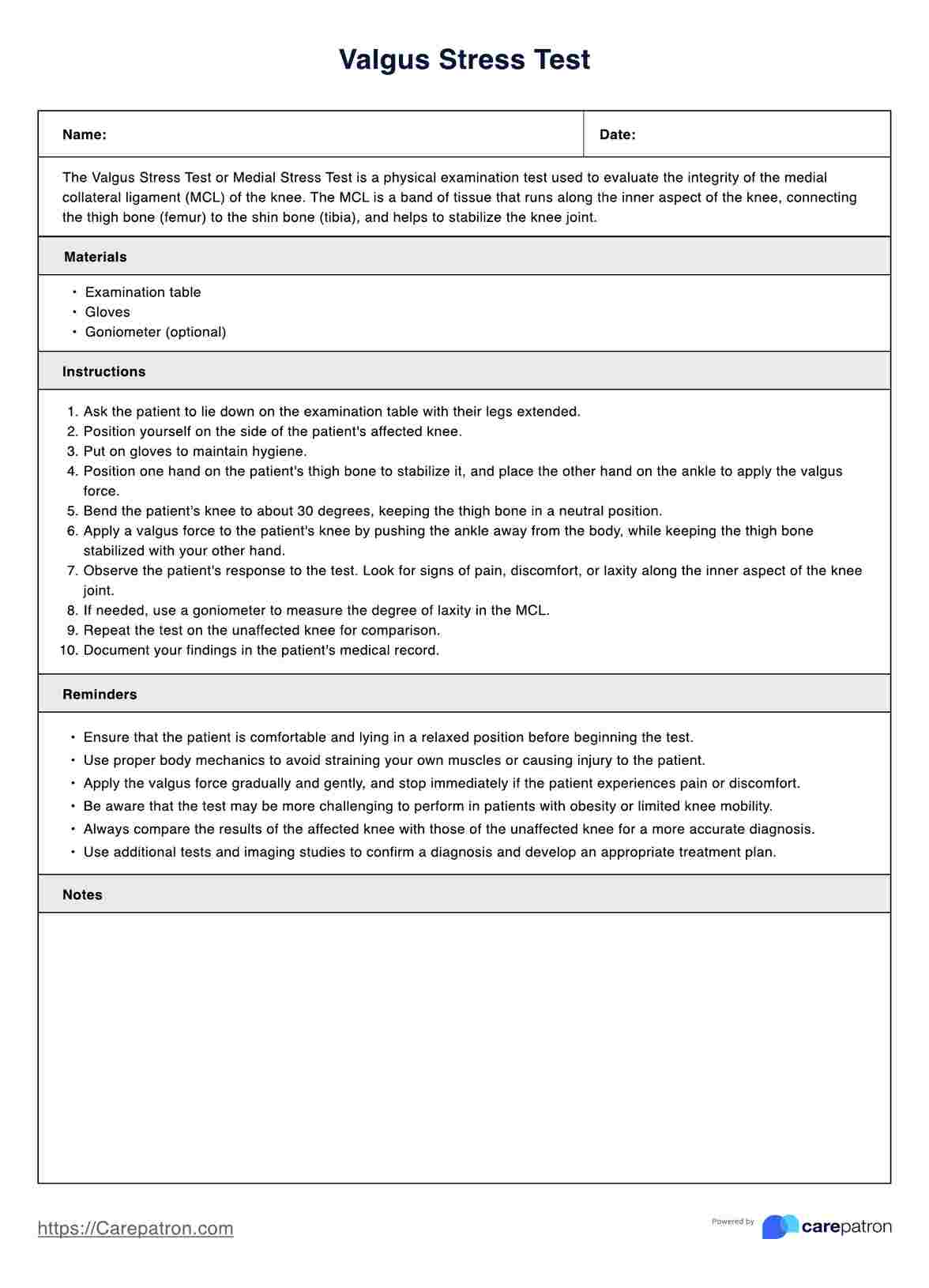Iron Test Reports
Download a free Iron Test Report template and easily document patient results. Get the free PDF template and example here.


What is an Iron Test?
Iron deficiency is a common health issue when the body lacks enough iron, a vital mineral essential for producing hemoglobin—a protein in red blood cells that enables them to carry oxygen around the body. Symptoms often include fatigue, weakness, pale skin, and frequent bouts of illness due to the weakening of the immune system.
An Iron Test is a medical procedure to detect and diagnose iron deficiency. It generally involves a blood test that measures the amount of iron in the blood alongside the level of ferritin—a protein that helps store iron in the body. Low levels of either can indicate an iron deficiency.
The test is simple and quick and can play a crucial part in identifying the need for vital dietary changes or supplementation to restore iron levels to normal. Results are often documented in an Iron Test Report, which includes the patient's personal information, test results, and a summary of any recommendations or treatments prescribed by a healthcare professional.
Early detection and treatment of iron deficiency are crucial for maintaining good health. If left untreated, iron deficiency can lead to more severe conditions such as anemia, heart problems, and developmental delays in children.
Iron Test Reports Template
Iron Test Reports Example
How does it work?
Carepatron's free Iron Test Report template makes documenting and tracking patient results easy. The template includes personal information, test results, and treatment recommendations. Follow these steps to use the template:
Step One: Access the free template
Get a copy of the Iron Test Report using the link on this page or from the Carepatron app. You can also access it from our resources library.
Step Two: Fill in personal information
Fill in the patient's name, birthdate, and any other relevant details, such as medical history.
Step Three: Record test results
Enter the numerical values for iron levels and ferritin levels from the blood test. If the results fall within normal ranges, this should be noted along with any comments.
Step Four: Note any recommendations or treatments
If the results show low iron levels, provide recommendations for dietary changes or supplements to improve iron intake. If necessary, prescribe medication or refer to a specialist for further treatment.
Step Five: Save and share the report
Once completed, save the report in the patient's electronic health records for future reference. You can also print or share the report with the patient via email or other means of communication.
When would you use this test report?
You can use the Iron Test Report template when you need to document and keep track of a patient's iron levels. This can be for routine check-ups, monitoring an iron deficiency or anemia, or as part of a broader health assessment. Similarly, you can use this report to:
Track a patient's progress over time
Our Iron Test Report template allows you to record and compare the patient's iron and ferritin levels over multiple visits. This can help monitor the effectiveness of any treatments or dietary changes recommended.
Share information with other healthcare professionals
The report can be easily shared with other healthcare professionals involved in the patient's care, such as their primary care physician or a specialist. This ensures that all parties know the patient's iron levels and can make informed decisions about their treatment.
Educate patients on their health
The report provides a clear and easy-to-understand overview of the patient's iron levels. This can help educate patients on maintaining healthy iron levels and explain any potential deficiencies or abnormalities.
Formulate a treatment plan
The Iron Test Report doesn't only offer numbers; it provides a comprehensive view of a patient's iron status. Monitoring iron and ferritin levels can help formulate a patient-specific treatment plan. For example, if the patient's iron levels are consistently low, you may recommend iron supplements, a diet rich in iron, or iron injections or transfusions in severe cases.
Provide a solid basis for further tests
If the iron levels are abnormally high or low, it could indicate an underlying health condition such as hemochromatosis, anemia, or liver disease. In such cases, the Iron Test Report could form the basis for further diagnostic tests and investigations to confirm or rule out these conditions.
What do the results mean?
An Iron Test usually has two main results—iron and ferritin levels. Iron is an essential mineral that helps to transport oxygen throughout the body, while ferritin stores excess iron in the liver.
Normal range
The normal range for iron levels can vary slightly depending on age, gender, and overall health. Generally, the normal iron range in adult men and women is 60-170 mcg/dL. The range may be lower for children at 50-120 mcg/dL. It's important to note that different laboratories may have slightly different reference ranges, so it's essential to consult with a healthcare provider to interpret results accurately.
Low iron levels
If the Iron Test Report shows low iron levels, it could indicate a deficiency in the body. This can be caused by inadequate dietary intake, poor absorption of iron, or excessive blood loss due to conditions such as heavy menstruation or gastrointestinal bleeding. It may also indicate an underlying health condition such as anemia.
High iron levels
High iron levels may indicate an excess of iron in the body, which can be caused by various factors such as excessive iron intake through supplements or frequent blood transfusions, genetic conditions like hemochromatosis, or liver disease. In some cases, high ferritin levels may also indicate iron buildup in the liver.
Commonly asked questions
Healthcare providers may request an Iron Test for patients exhibiting symptoms of low or high iron levels or those at risk for certain health conditions.
Certain medications, vitamin supplements, and recent blood transfusions can affect the accuracy of an Iron Test.
Iron Tests are used to diagnose or monitor conditions related to iron levels, such as anemia, hemochromatosis, and liver disease. They may also be used to evaluate the effectiveness of treatments for these conditions.


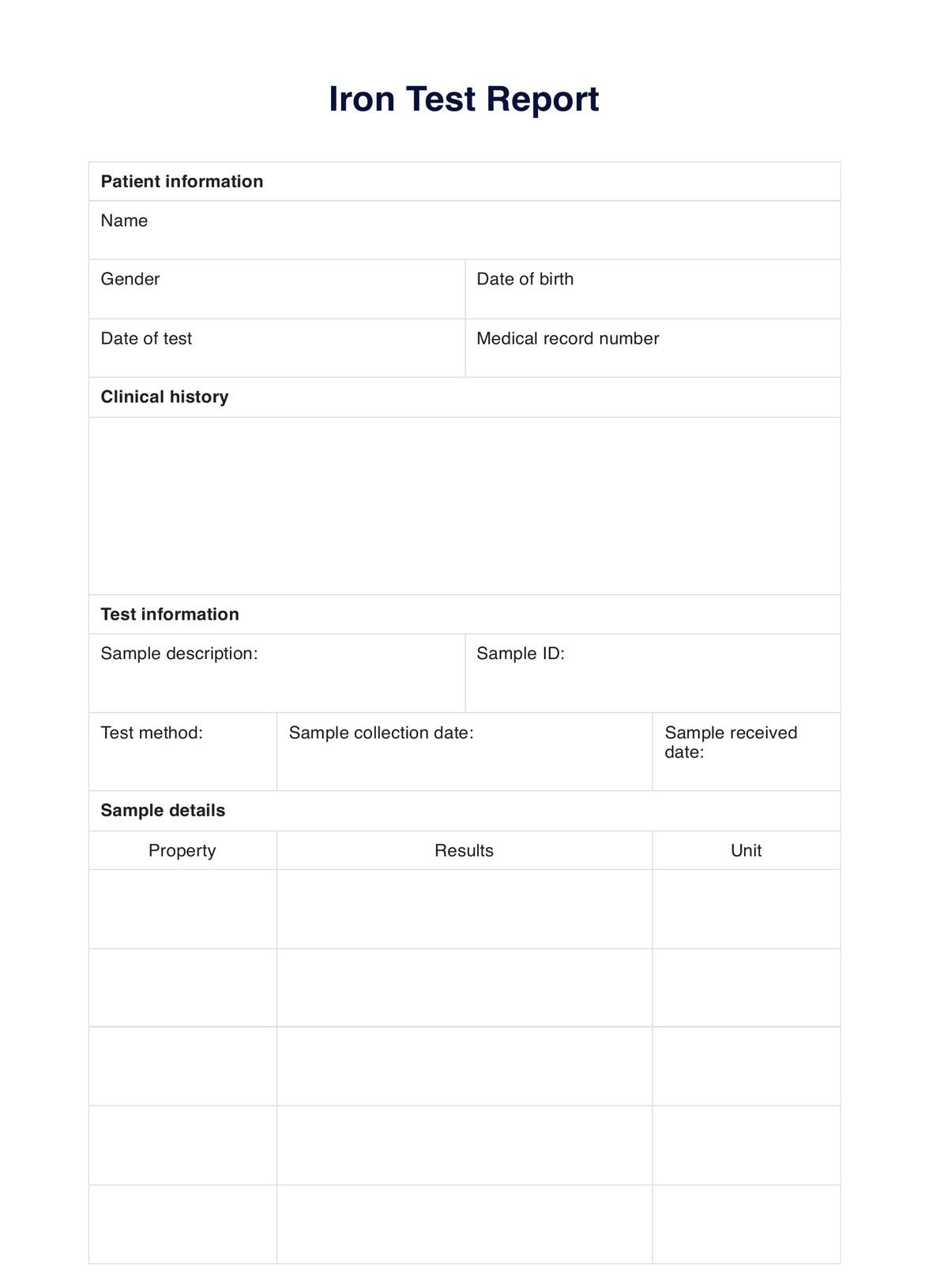
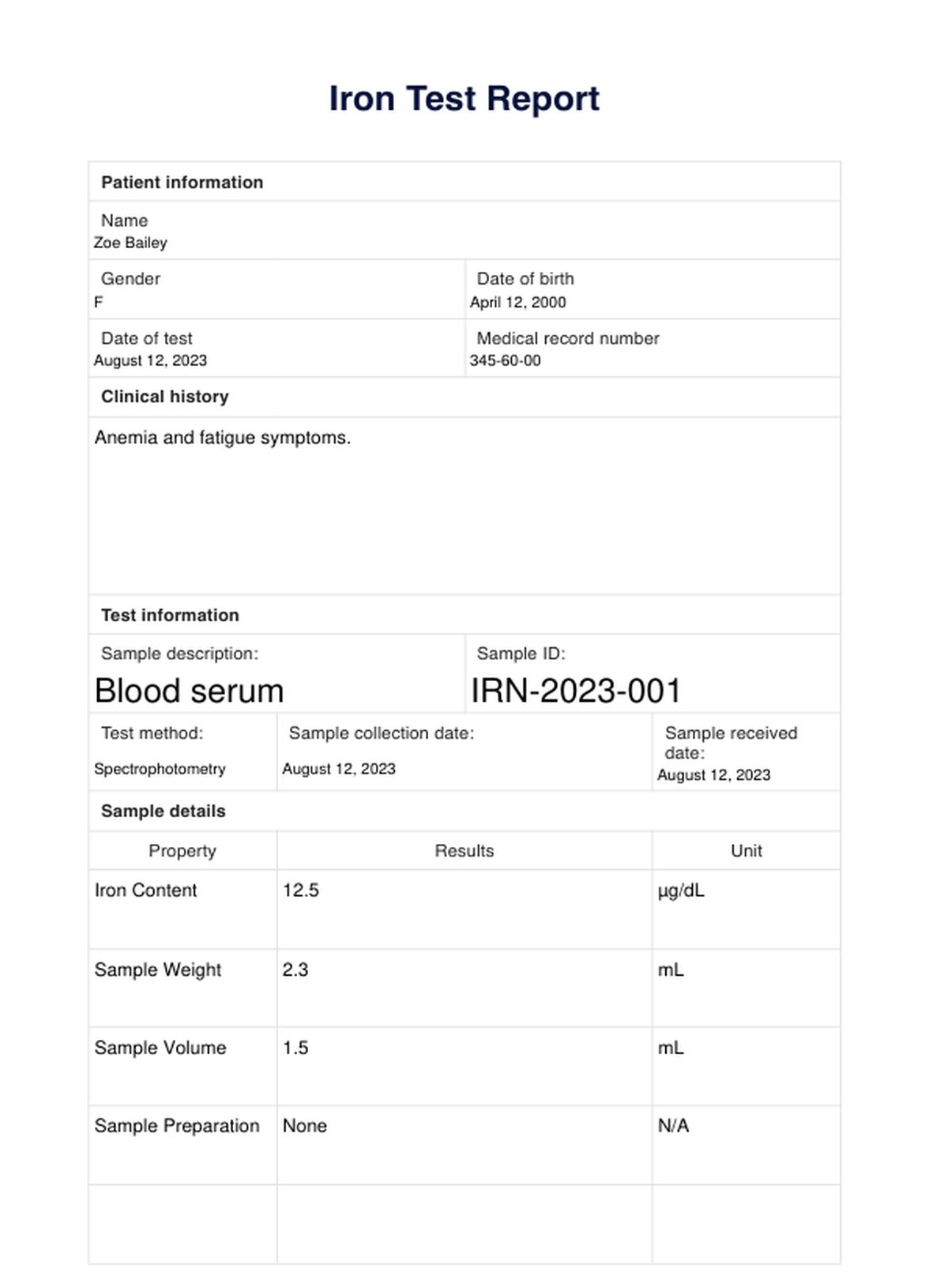

















-template.jpg)


















































































